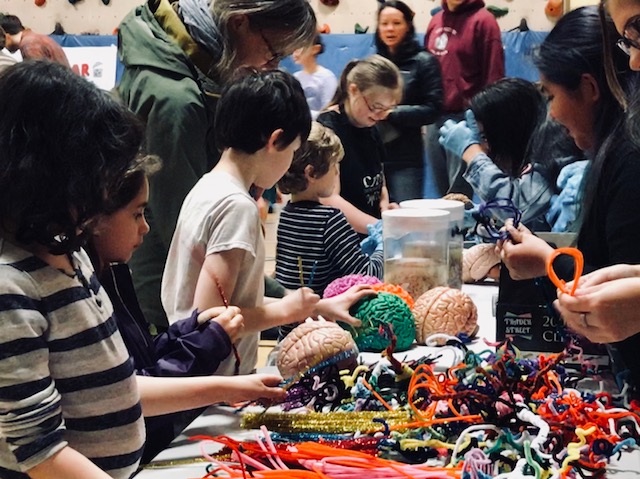“Science and art have in common intense seeing, the wide-eyed observing that generates empirical information.” –Edward Tufte
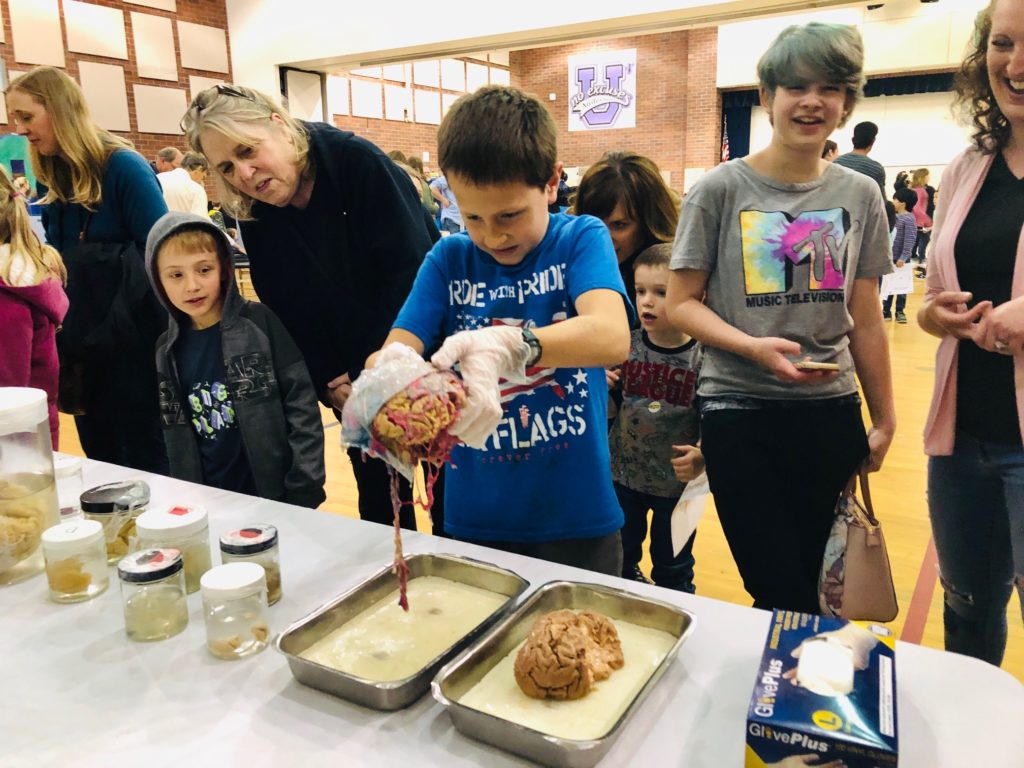

NW Noggin crossed the Columbia River (at rush hour!) this spring to meet with curious students and families for STEAM NIGHT at Sarah J. Anderson Elementary..!
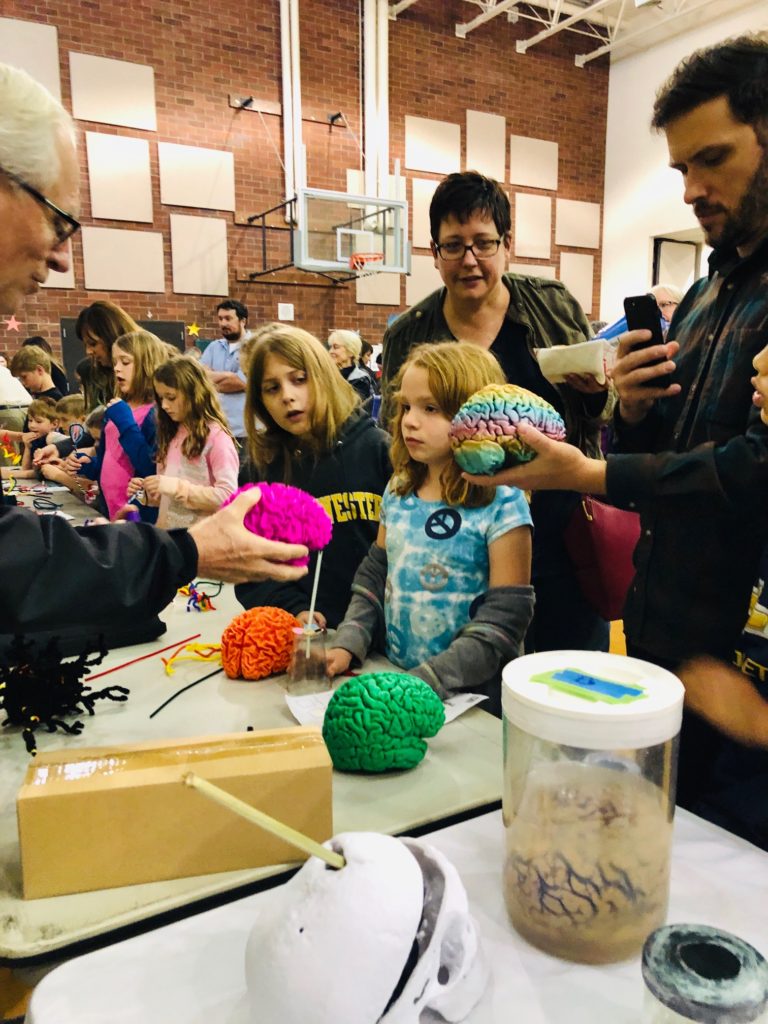
LEARN MORE: Sarah J. Anderson Elementary
Sarah J. Anderson was an early white settler in Hazel Dell, a suburban Vancouver, Washington community built upon the traditional lands of the Cowlitz people, past and present.
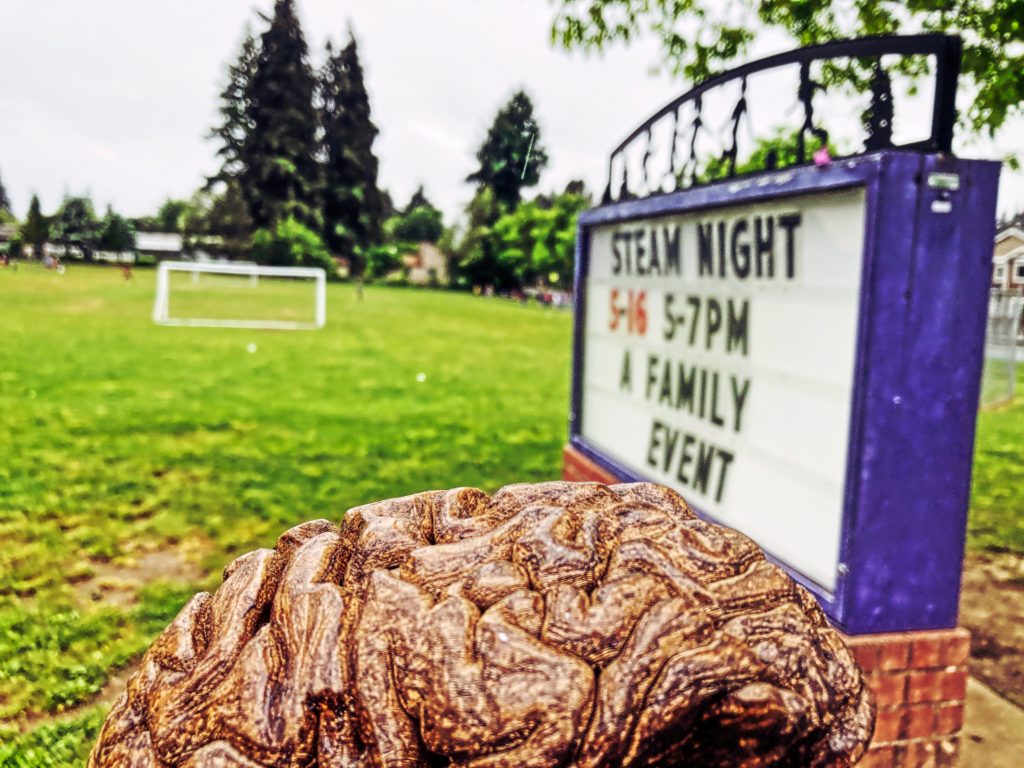
LEARN MORE: The Cowlitz Indian Tribe
According to the Columbian newspaper, the area “was ‘noted for the piling furnished for Portland wharves.'” The Anderson home was, they write, “a stopping place for travelers…”
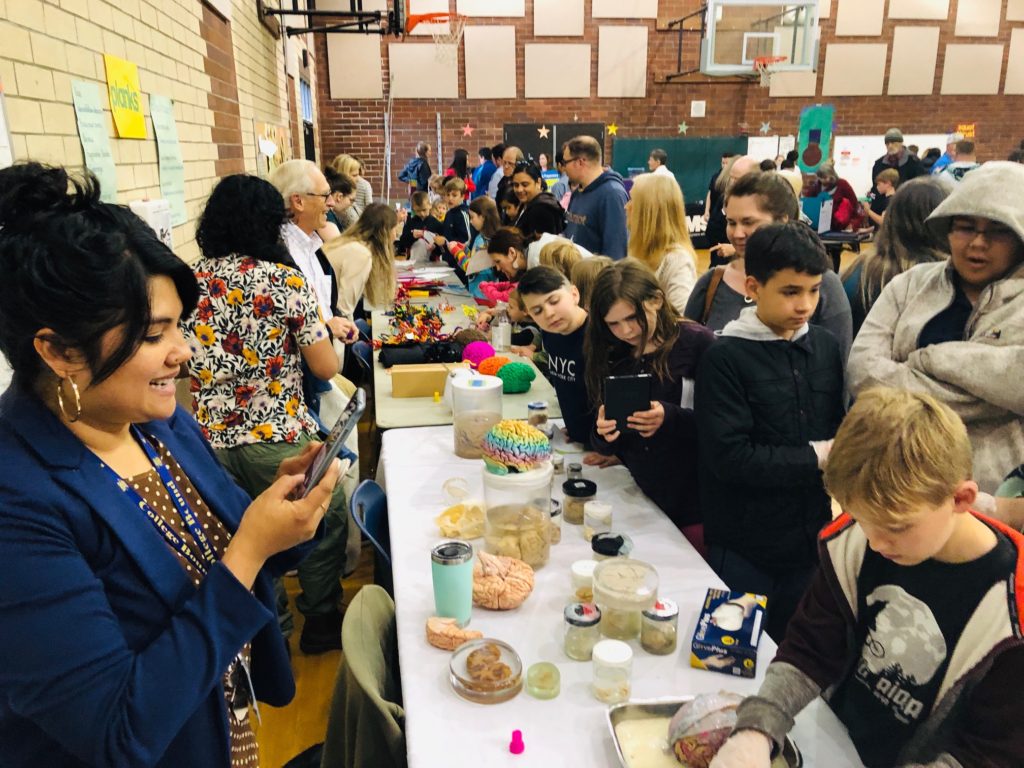
LEARN MORE: William R. and Sarah Jane Anderson
The school warmly and excitedly welcomed our volunteers from Psychology/Neuroscience at Portland State University, including myself, Jeff Leake, José Perez Quinchuela, Genevieve Warner, Isabella Maranghi, Emily Carl, and Brockton Dowling, along with Veronika Lobova from WSU Vancouver, and Joey Seuferling from NW Noggin…

Paul Gouveia, an Instructional Technology Facilitator for the district, and Morgan Painton, the school’s Family & Community Resource Coordinator, heard our recent interview on Oregon Public Broadcasting’s “Think Out Loud” – and reached out!

LEARN MORE: Combining Neuroscience And Art (OPB Interview)
LEARN MORE: Community Neuroscience: How to Build an Outreach Organization
We LOVE STEAM Nights!
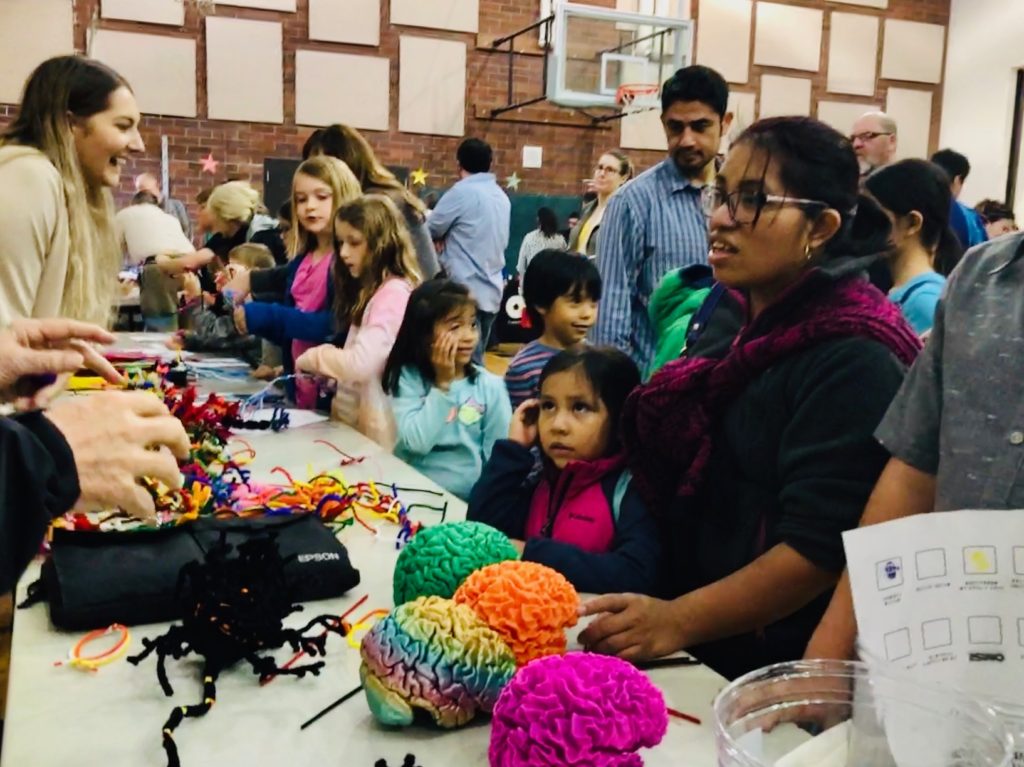
STEM (Science, Technology, Engineering & Mathematics) outreach is terrific, but STEAM (STEM + Arts) is an especially effective approach to learning that focuses on guiding student inquiry, and encouraging dialogue and critical thinking through cross-disciplinary instruction.

LEARN MORE: NW Noggin STEAM Art Projects
STEAM improves motivation, attention and retention, and unlike the one right answer bubble test approach exploited by for profit companies to drain taxpayer dollars from public education – STEAM really works!
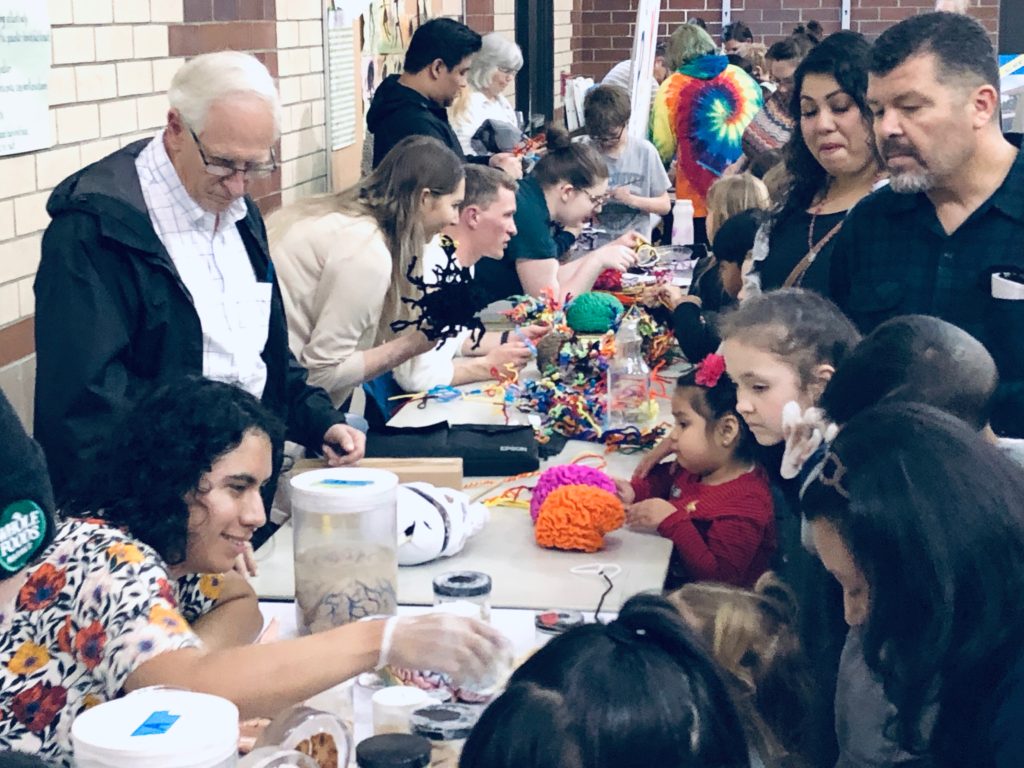
LEARN MORE: How the Sciences & Arts are Coming Together to Drive Innovation
LEARN MORE: STEAM @ Newmark: Better schools with improv and art
LEARN MORE: Kayla Townsley: The neuroscience of teaching art & science
LEARN MORE: Building Creative Thinking in the Classroom: From Research to Practice
LEARN MORE: Why Arts Integration Improves Long-Term Retention of Content
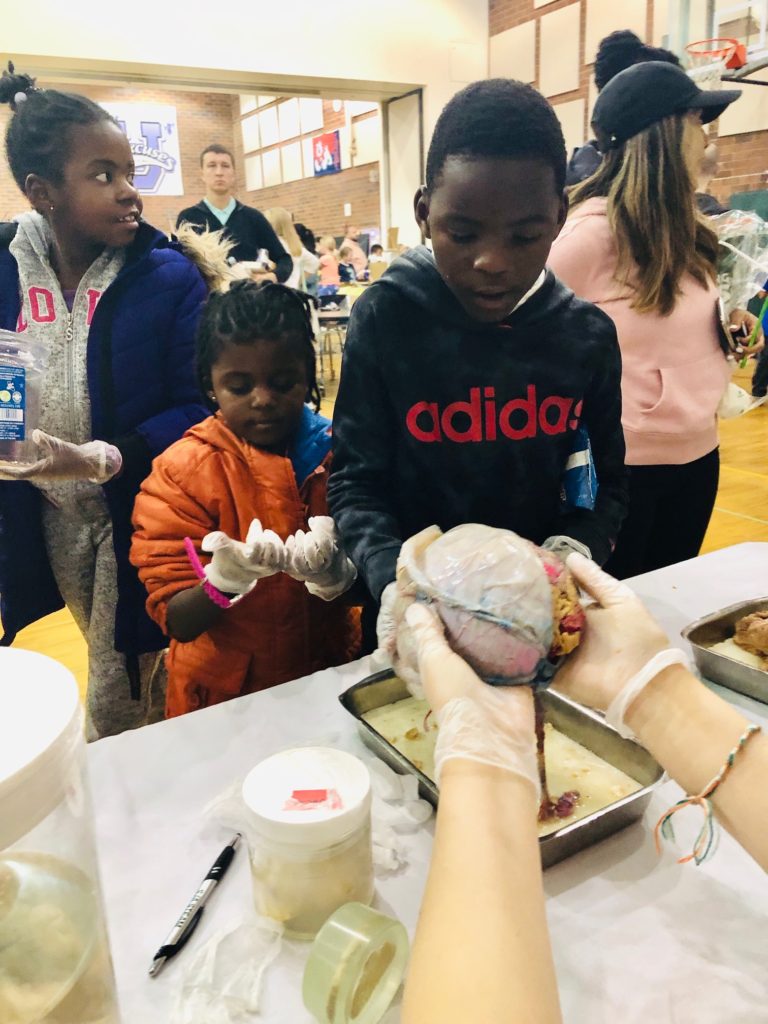
We were thrilled to answer insightful questions from steady crowds of K-5 students and their families, as we crafted brain cells, and closely examined human and other animal cerebrums…
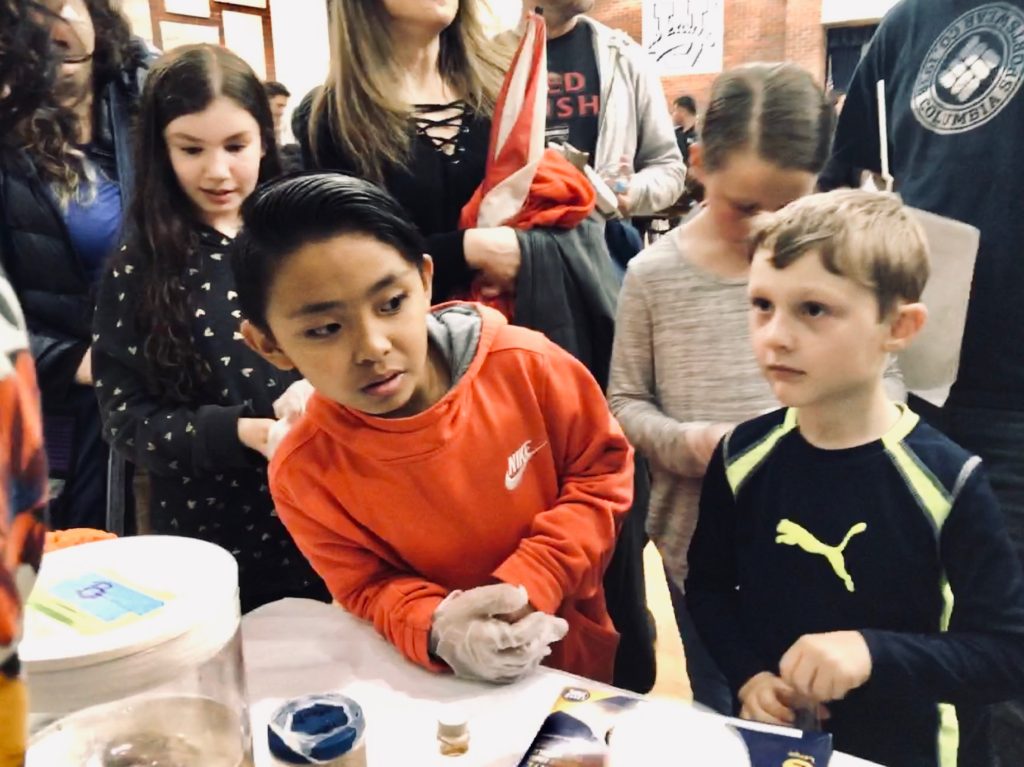
“How many brain cells does my mom have? How much energy does the brain use? If someone’s depressed, does their brain look different? Does a pregnancy change a woman’s brain? How do vaccines prevent disease?”
LEARN MORE: Soup for Brains!
LEARN MORE: Appraising the brain’s energy budget
LEARN MORE: Where in the Brain Is Depression?
LEARN MORE: Pregnancy leads to long-lasting changes in human brain structure
LEARN MORE: Vaccine Benefits
We were also thrilled – and relieved – to meet the enthusiastic Marinaelizabeth Heitz and Kristine Barnes, two teacher volunteers who joined our busy tables, along with John “Monte” Montgomery, a parent and former school administrator from Sacramento, California. Because of the infamous Interstate 5/205 bridge traffic, several of our undergraduates arrived a bit later than expected!
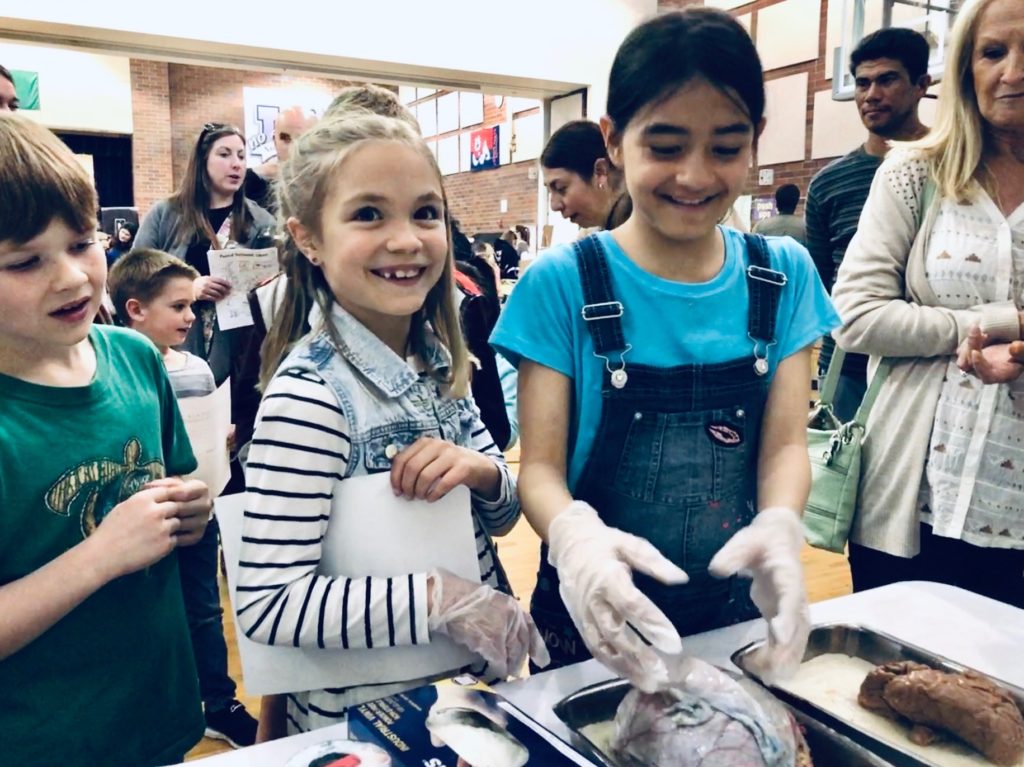
“Where are memories stored? Why can’t I stop myself from doings things sometimes? What’s happening in my brain when I have a nightmare? Why is the mouse brain so small? Where did you get those brains!?”
LEARN MORE: White Matter on Wy’East
LEARN MORE: Noggins in Nod
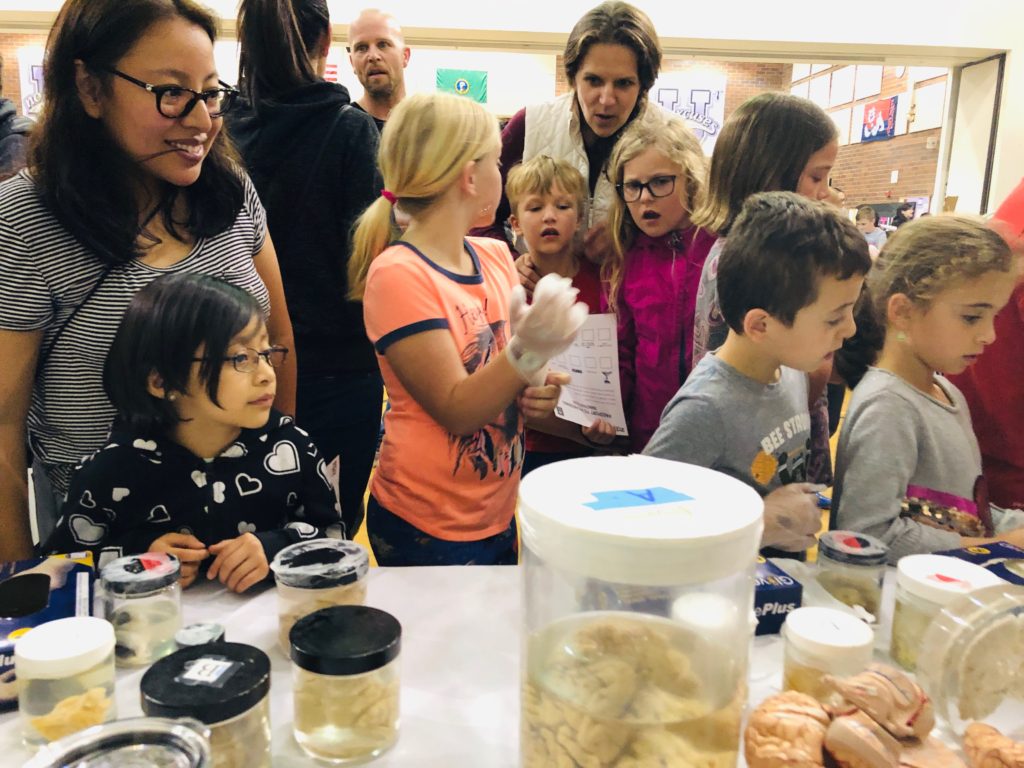
We went through THREE boxes of nitrile gloves – that’s 150 people over two hours holding and examining brains!! From Paul: “Thanks to you and your team for helping to make the STEAM night a great event at SJA!”
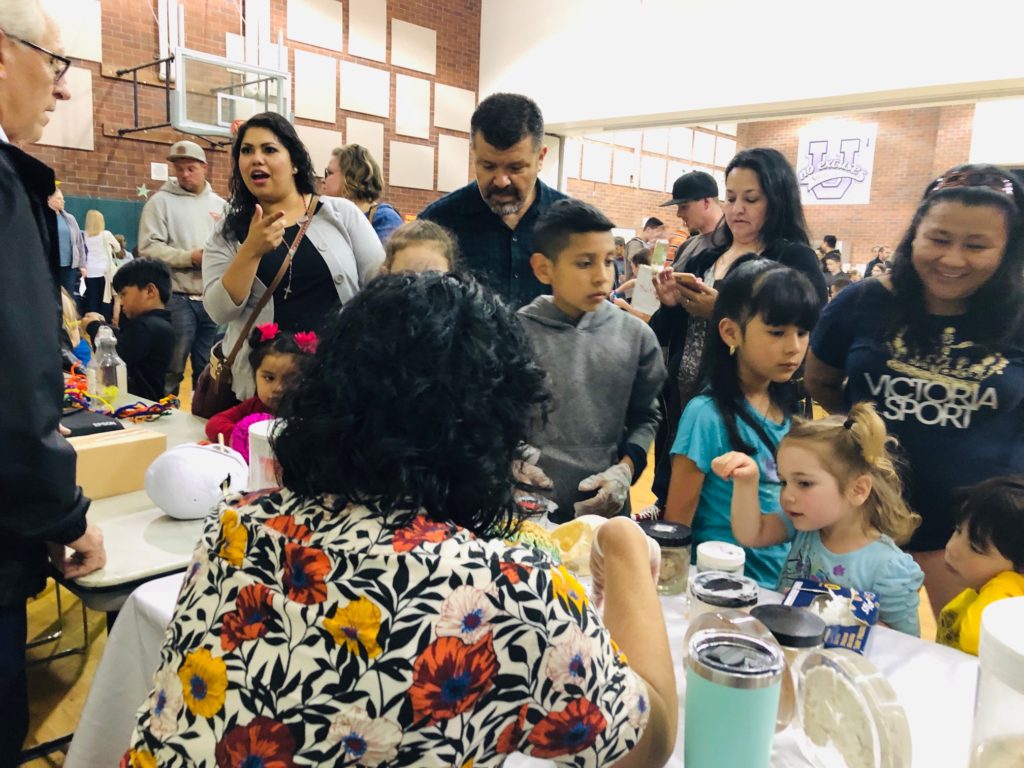
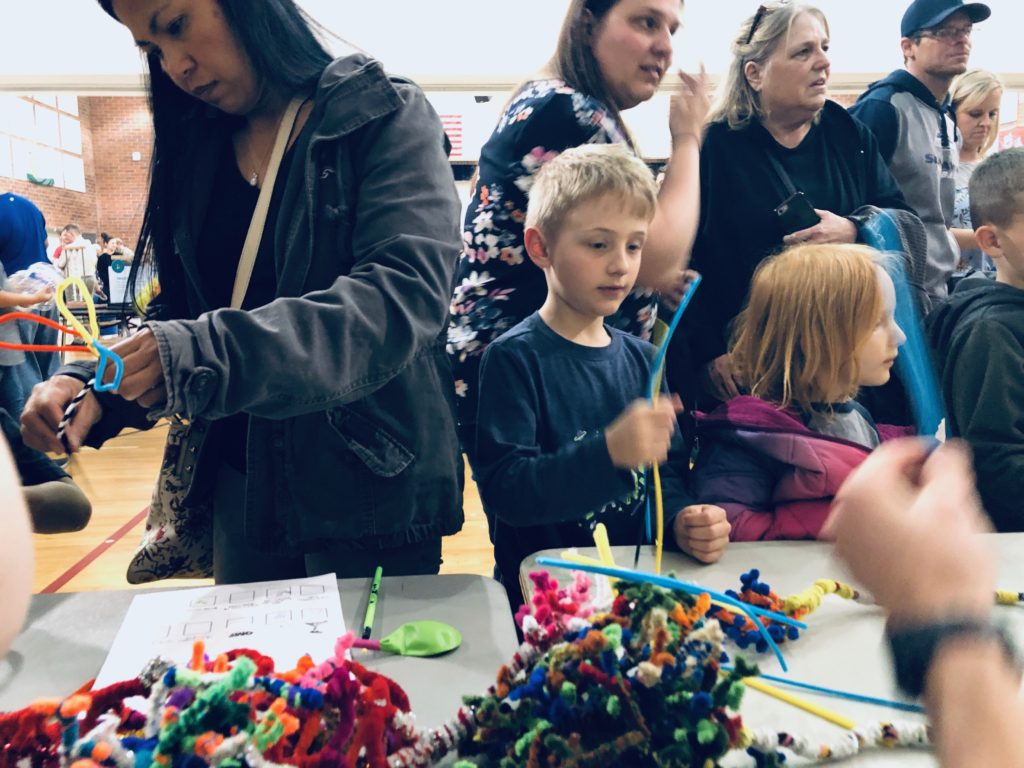
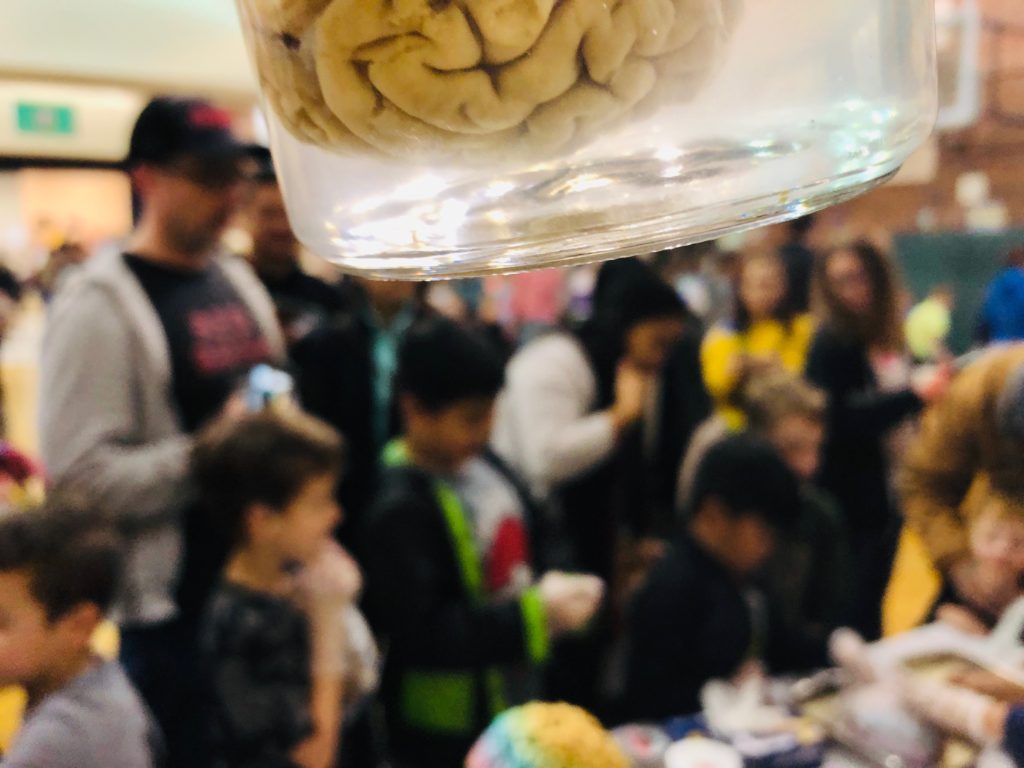
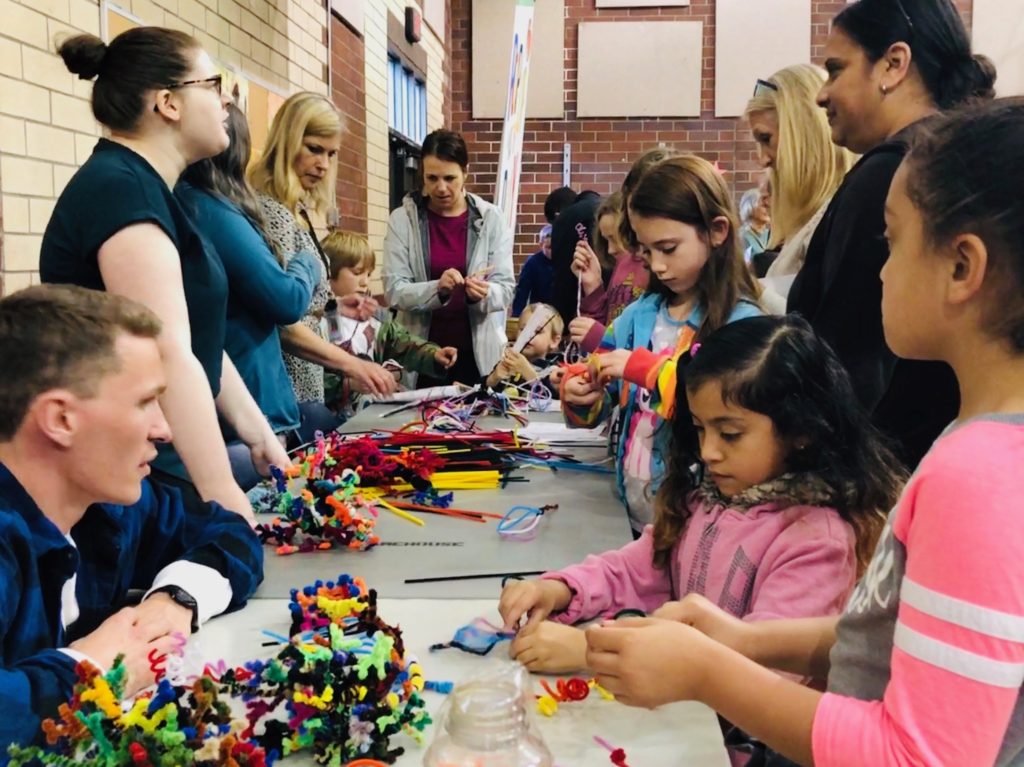

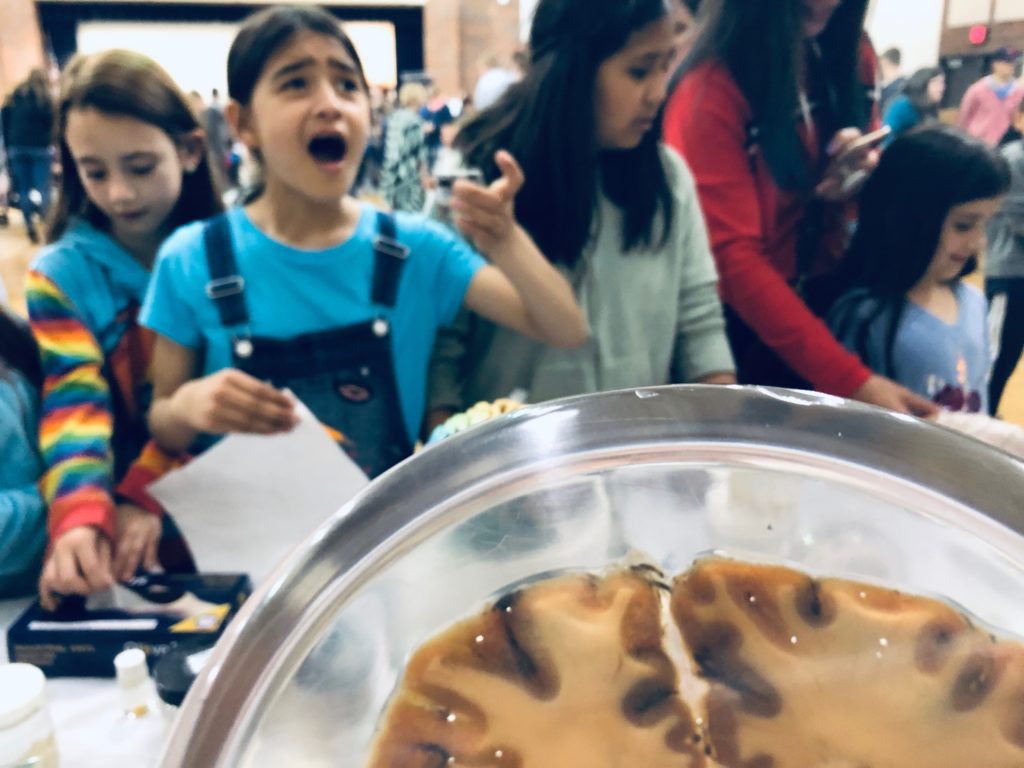
Sincere thanks to Paul, Morgan, Marinaelizabeth, Kristine and Monte – and to our informed community outreach volunteers! – for another great evening of STEAM..!
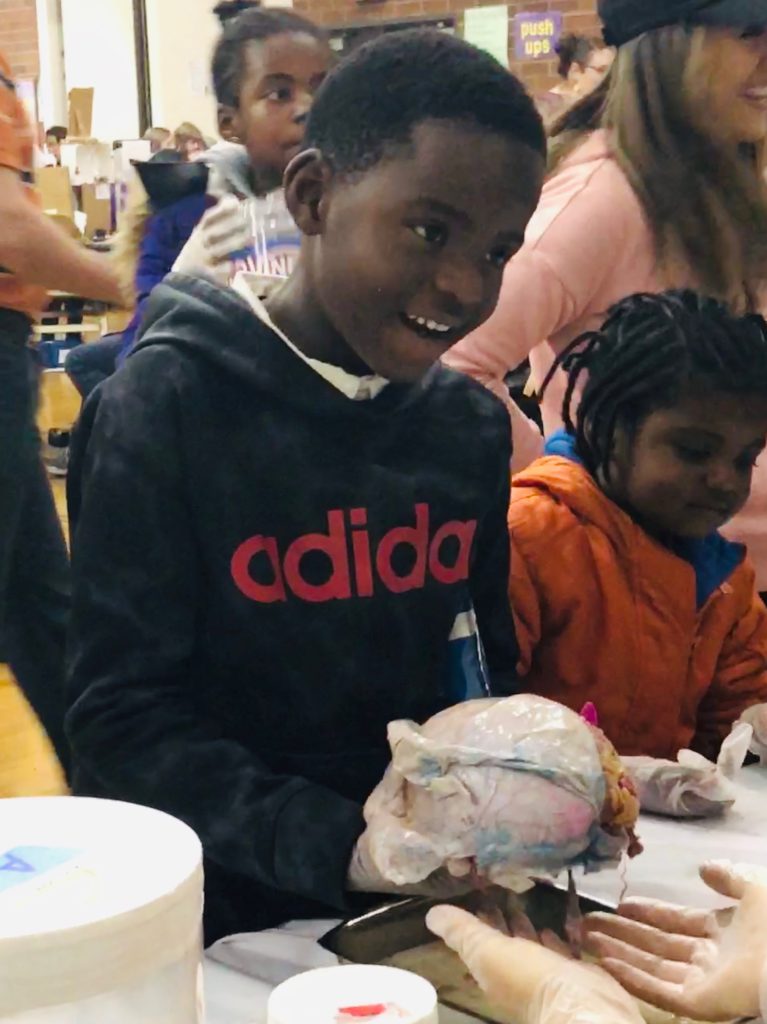
Learn more about STEAM Nights!
Brains to Buckman!
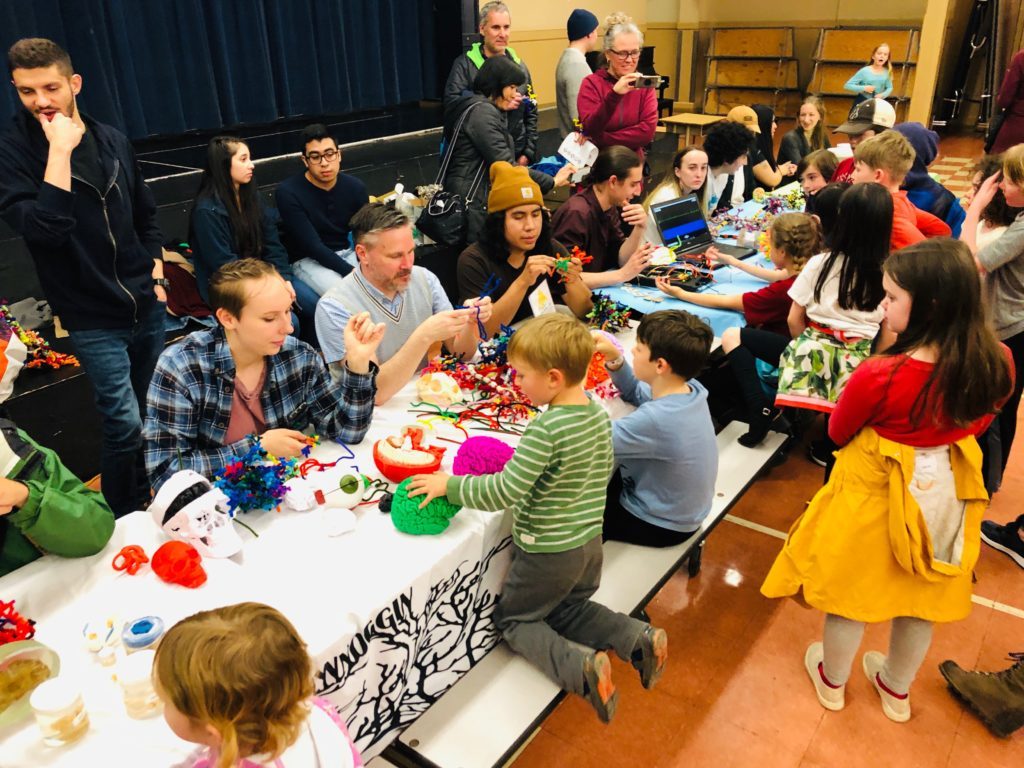
The World Inside Their Heads
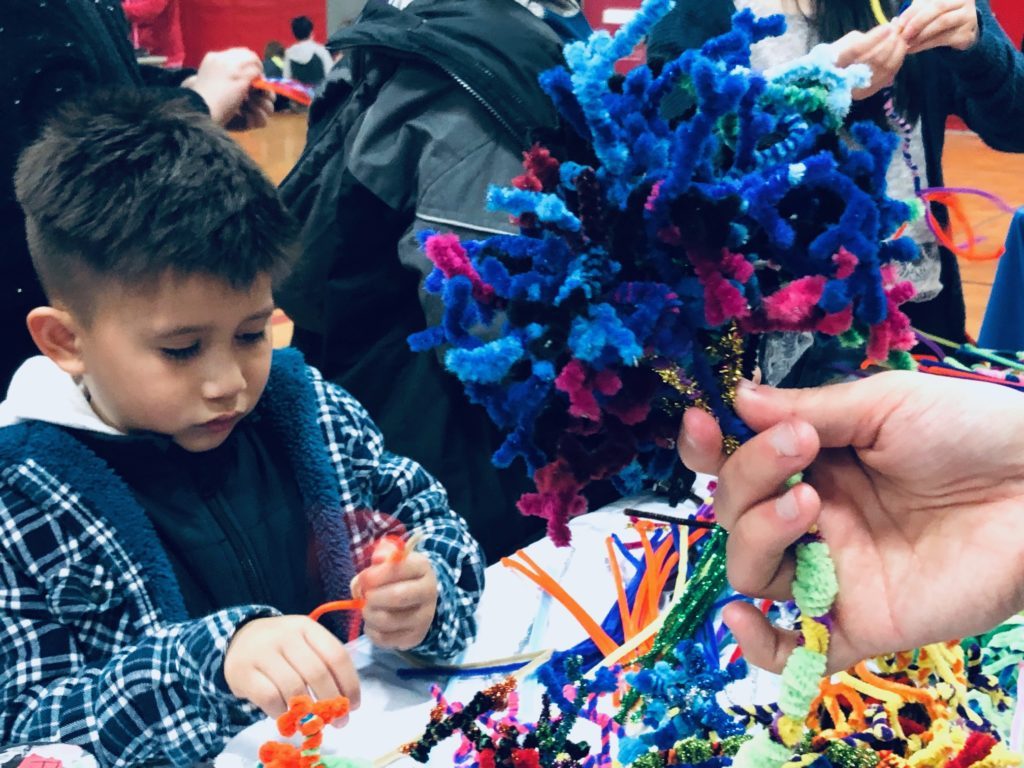
Sciencepalooza!
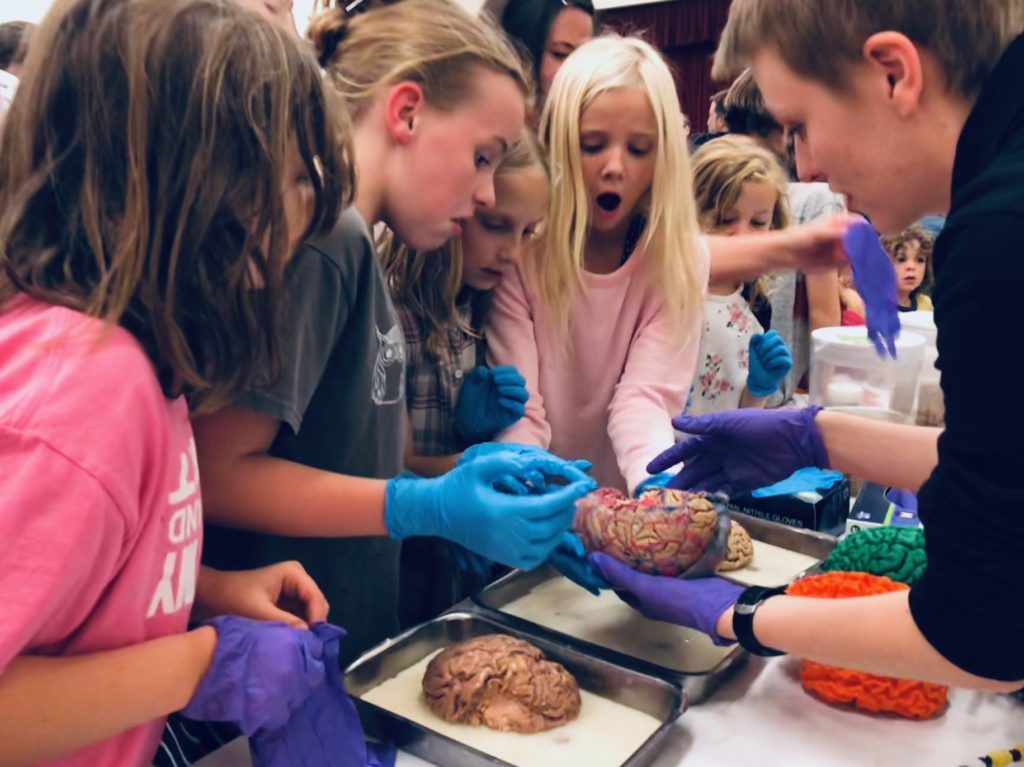
Applied neuroscience – & STEAM
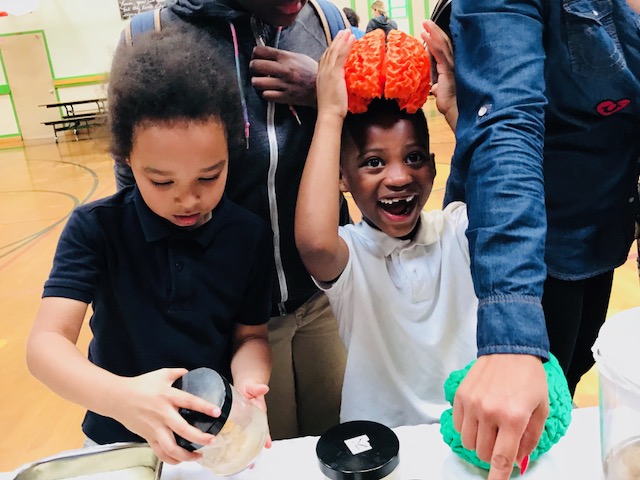
STEAM Ahead @ Ionotropic Irvington
